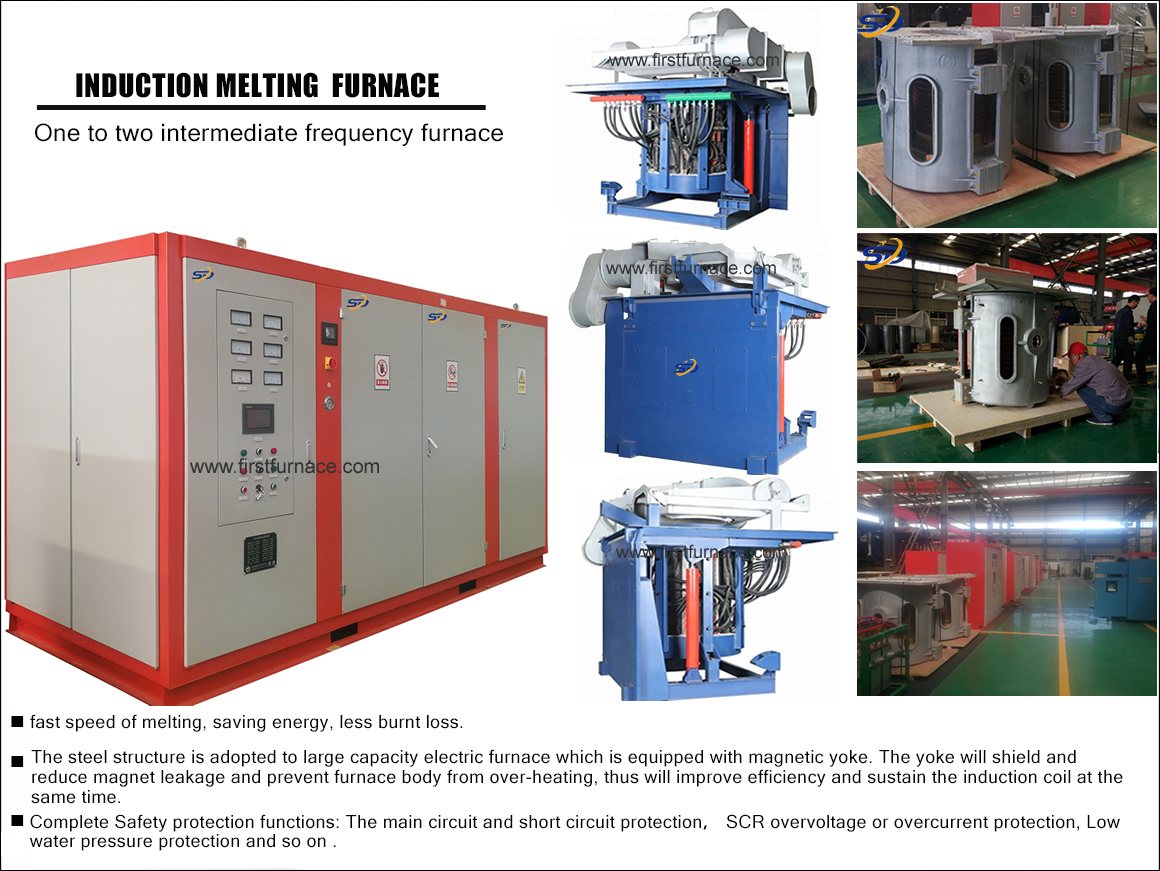Sales hot line ( 24 hours service): 18037961302
E-Mail: firstfurnace@gmail.com
whatsapp:+8618037961302
Adress: Luoxin Industrial Park, Luoyang, HenanLarge diameter steel pipe quen
Piston rod quenching and tempe
Grinding rod quenching and tem
High frequency induction heate
Quenching equipment for machin
Round steel end heating furnac
Steel pipe heat treatment prod
Square steel quenching and tem
Sucker rod quenching and tempe
Thickened petroleum steel pipe
Round steel quenching and temp
Steel pipe quenching and tempe
Steel plate quenching and temp
Induction Hardening Machine&nb
Flywheel ring gear high freque
Harm of ignition of induction coil in induction melting furnace
The induction coil of the induction melting furnace is spirally wound from a hollow copper tube. Coil ignition occurs between the turns of the copper tube or between the copper tube and the yoke. Due to the insulation failure, a short-circuit discharge is formed under the action of the voltage. From the light to the spark (commonly known as the spark), it is continuous. The arc (commonly known as the drawn arc).
The ignition of the induction coil will bring harm to the equipment, which is mainly reflected in the following aspects:
1. Seriously reduce the operating efficiency of the equipment and increase the power consumption and time of melting/heating
2. The large current caused by the arc is easy to burn the thyristor and other important power components
3. Equipment failure caused by arcing or furnace wear brings great safety hazards to operators
4. Increase equipment failure rate, increase operation and maintenance costs, reduce enterprise production efficiency, and cause the enterprise to lose high profits.
When the induction coil works, the alternating current passes through the induction coil to form an alternating magnetic field. According to Faraday's law of electromagnetic induction, the alternating magnetic lines of force cut the metal inside the coil to form an induced current. Because of the resistance heating of the metal itself, heat is generated during the flow of current inside the metal, thereby heating or melting the metal. This is the basic principle of induction heating and induction melting.
The induction coil has the following characteristics when working:
1. There is high voltage and strong current passing through the coil;
2. The coil itself is in a high temperature working environment;
3. Good insulation performance must be ensured between the coil and the coil. Once a fire or a short circuit is formed, the working efficiency of the electric furnace will be greatly reduced.
Because the coil itself is a conductor, no path can be formed between the turns of the induction coil, so the insulation of the induction coil is very important, which directly affects the efficiency of the induction melting furnace and the safety of the worker's operating environment. However, it is a pity that the insulation of induction coils has not received enough attention in the industry. Most manufacturers just spray a layer of conventional insulating paint on the surface as an insulating means after the coil is made. Most of this type of insulating paint It is an organic substance and has good insulating ability at room temperature. However, as the temperature rises, the performance of this type of insulating varnish deteriorates rapidly, and it is gradually carbonized. When the temperature exceeds 100°C, the insulating varnish will be completely carbonized It turns black and completely loses its insulating ability.
The main reason for the insulation damage on the surface of the induction coil is that the working environment of the induction melting furnace is mostly harsh. Although there is a water cooling system, it cannot ensure that the insulating paint is always working in a lower temperature environment. This is mainly due to the following reasons:
1. The induced current passing through the coil has a skin effect, that is, the current is mainly concentrated on the surface of the copper tube. The higher the frequency of the induced current, the greater the surface current density. Therefore, the heat of the copper tube of the induction coil is concentrated on the surface, and the temperature of the surface in contact with the insulating paint is much higher than the temperature of the part in the copper tube that is in contact with the cooling water. Even under normal circulating water cooling conditions, the temperature of the outlet water is controlled at 50-60°C, and the temperature of the copper pipe surface will exceed 80°C.
2. The conduction heat of molten steel in the furnace. The lining of the new furnace is thicker, which can effectively prevent the heat of the molten steel in the furnace from being transferred to the surface of the coil. However, with the rapid erosion of the furnace lining in the later stage, the lining becomes thinner in the later period, and the heat conducted by the molten steel to the surface of the coil is much higher than that of the new furnace lining. On the actual measurement surface, the temperature of the coil slurry layer is around 80° when the lining is new (the thickness of the lining is about 15cm). By the end of the furnace lining (the thickness is about 5cm), the temperature of the coil slurry layer has risen to close to 200°C. Conventional insulating paint has completely carbonized and failed.
3. The cooling capacity of the cooling water decreases, which is mainly caused by the influence of water quality. Cooling water is prone to scaling at high temperatures, especially in the northern and western regions where the water quality is harder. Cooling water scaling is prominent, clogging copper pipes, reducing water pressure, cooling capacity, and increasing temperature, which in turn accelerates scaling. . Once this happens, the temperature of the surface of the copper pipe will rise rapidly, and the conventional insulating varnish will be carbonized and destroyed in a short period of time.
Once the insulating paint on the surface of the coil is damaged and loses its insulating ability, it is very easy to cause the coil to ignite, mainly because:
1. Water vapor, especially when the new furnace lining is in operation, the moisture of the lining material is suddenly heated and vaporized, and it will seep out through the capillary pores of the coil slurry, and it will immediately condense into water droplets when encountering a coil with a relatively low temperature. Water is a conductor. , Causing sparks immediately.
2. The dripping of the copper pipe. Because the circulating water in the copper pipe may be caused by partial leakage.
3. The metal dust in the workshop accumulates on the surface of the coil, forming a short circuit and sparking fire.
Once the ignition phenomenon occurs, the temperature rises rapidly, and the original remaining insulating coating of the part will be completely destroyed first, and the ignition will be accelerated until an arc is formed, the copper pipe is broken down, and serious production accidents and property losses are caused.
In addition, overloading of electric furnaces is also an important factor that is likely to cause coils to ignite, because when the power exceeds the rated power, the current and voltage through the coil increase, and the heat generation of the coil increases. At this time, the insulation layer is more susceptible to high temperature damage and loses insulation. Ability, sparking is more likely to occur under high voltage.
In view of the fact that the insulation of induction coils is so important, there is no insulating varnish on the market that can effectively ensure that induction coils have good insulation performance under harsh working conditions, especially good temperature resistance at high temperatures.
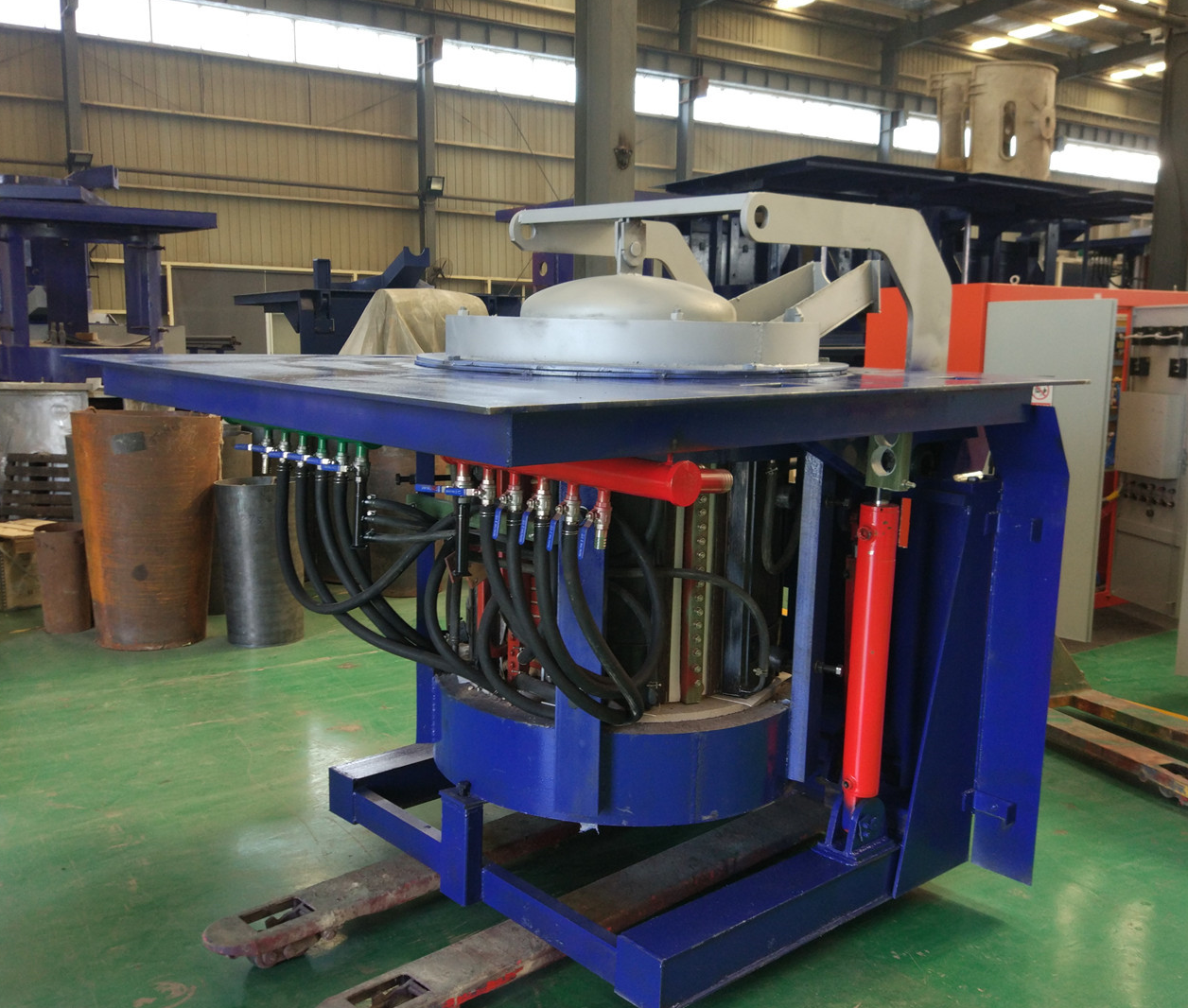
Iron induction furnace
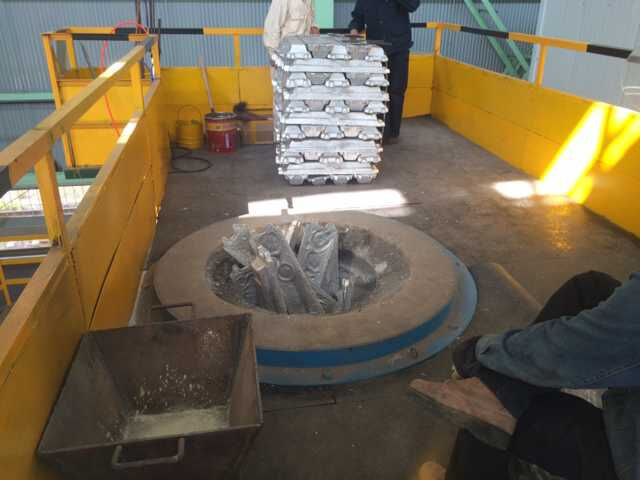
Aluminum melting furnace
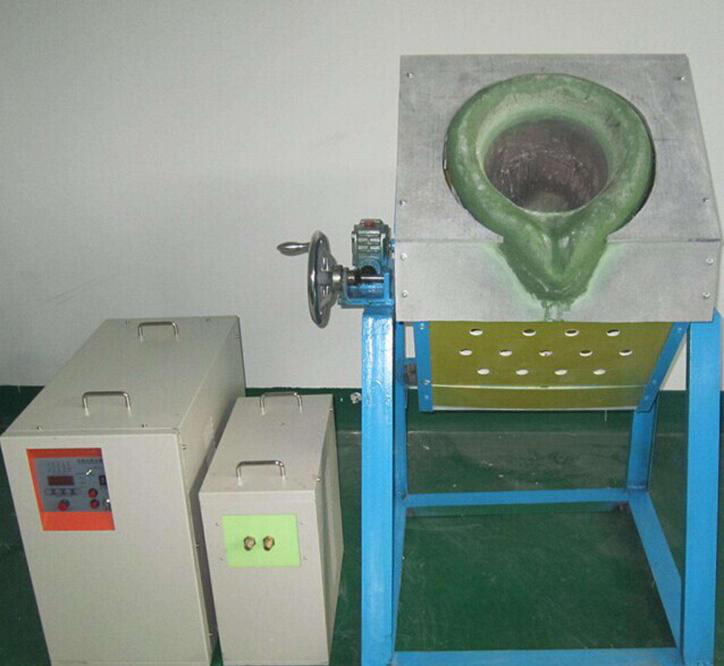
Copper melting furnace
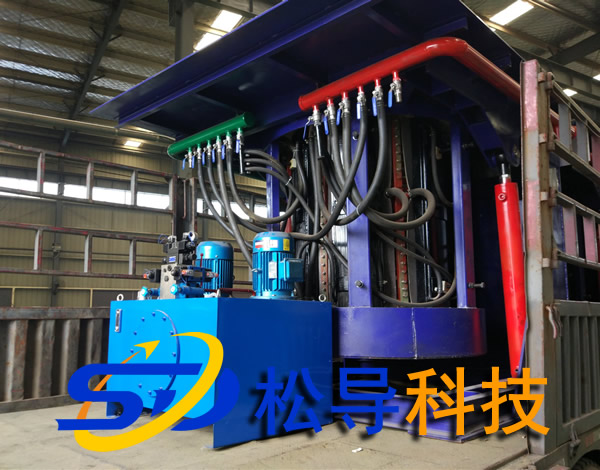
Small steel melting furnace
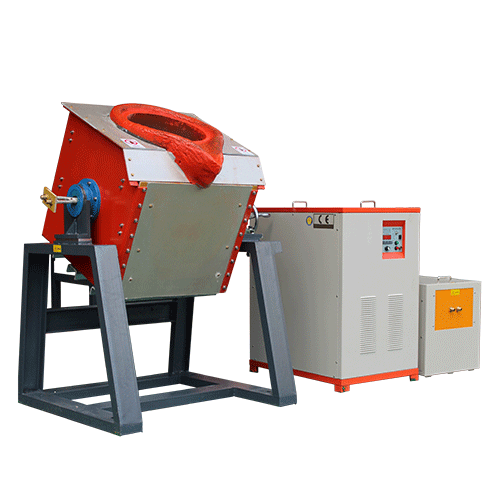
Small induction melting furnace
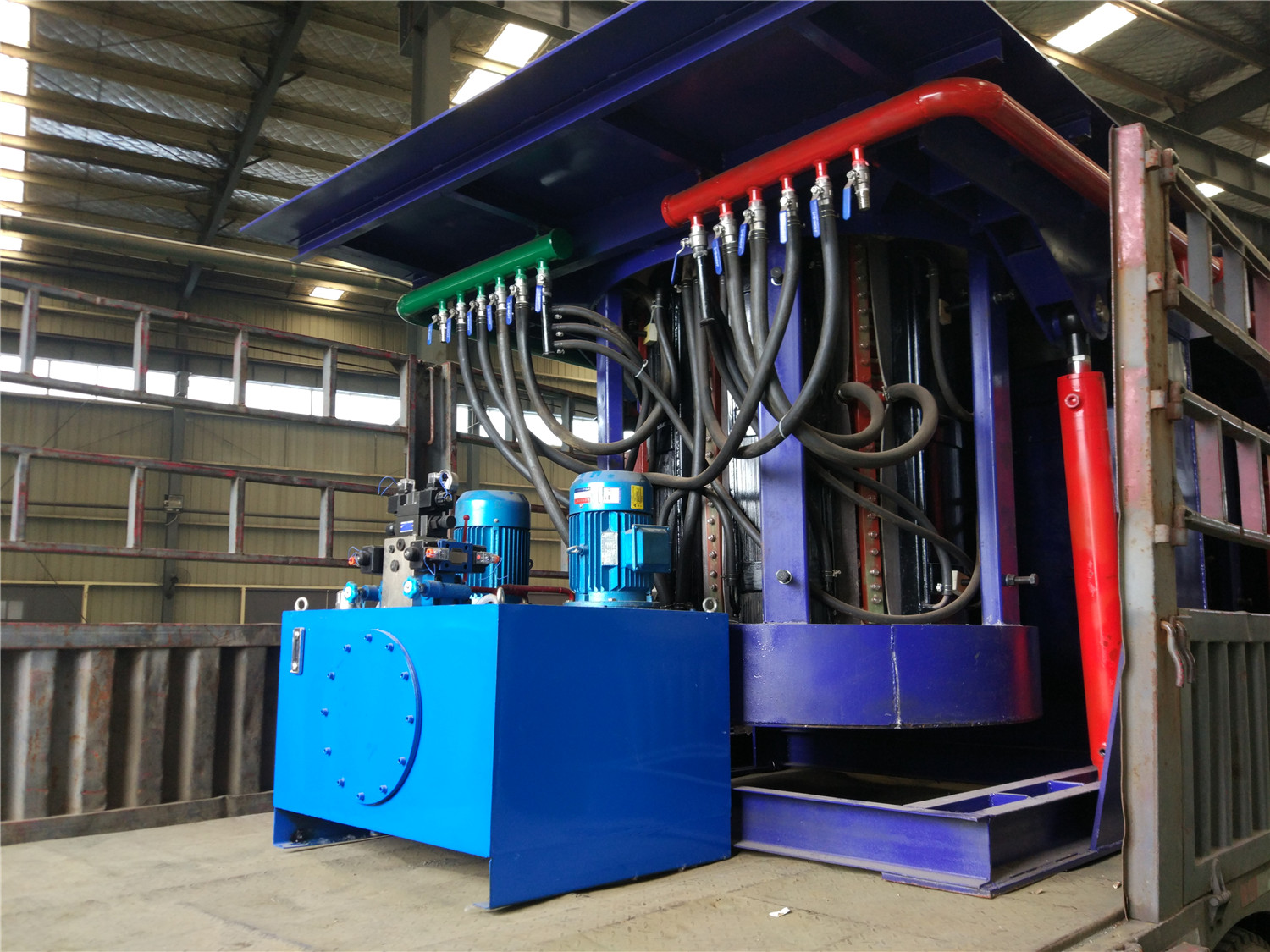
Induction iron furnace
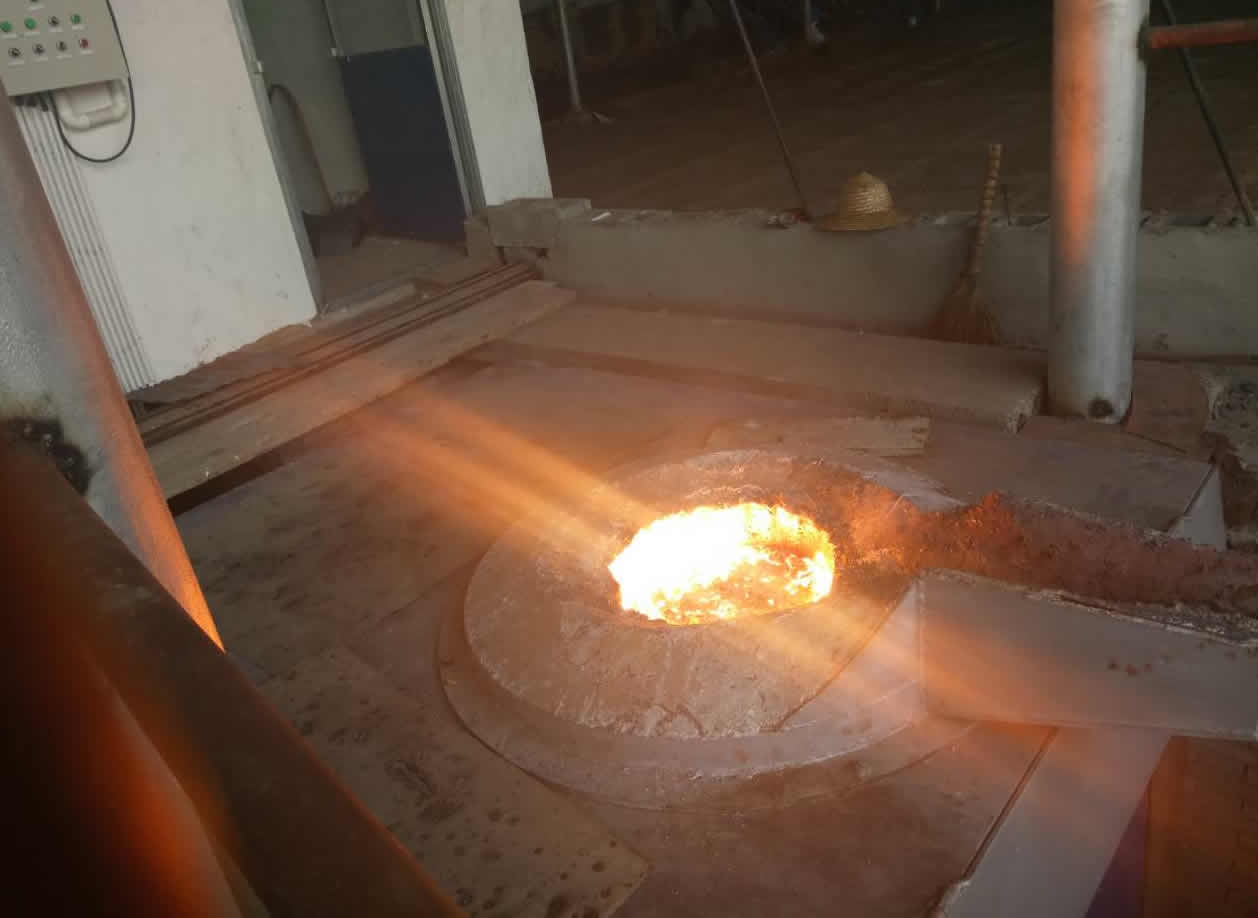
3T intermediate frequency iron melting f
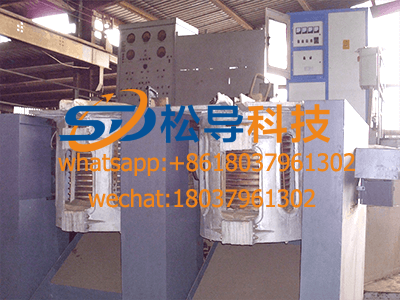
0.25T Intermediate Frequency Furnace
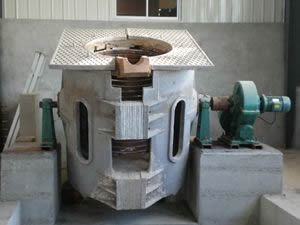
0.5T Intermediate Frequency Furnace
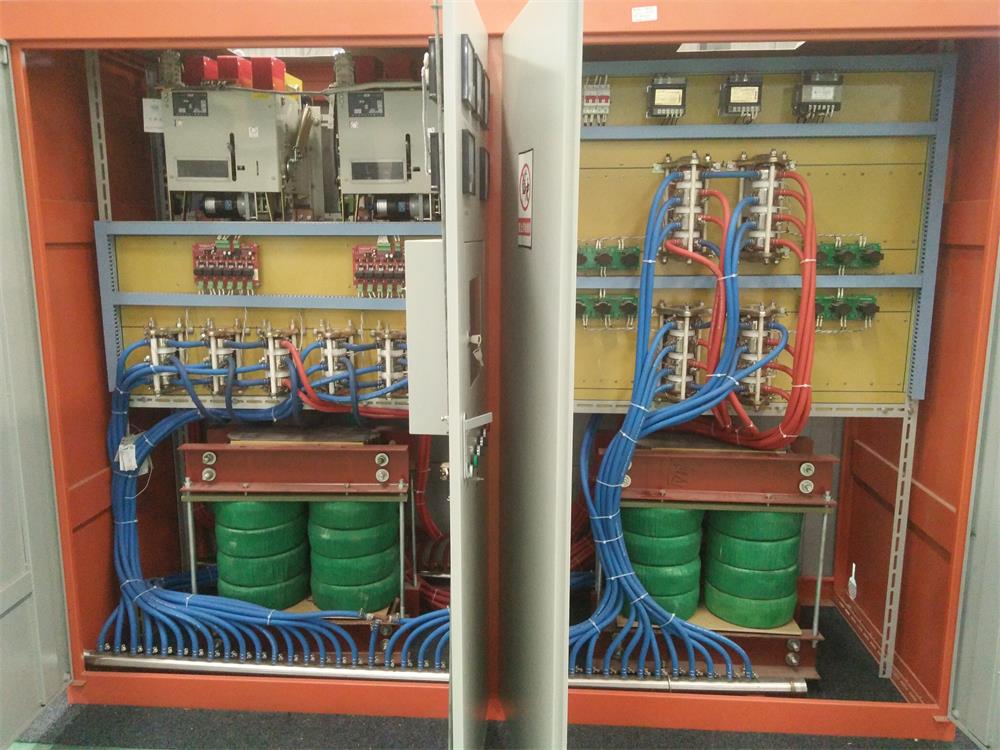
Medium Frequency Furnace

2T Induction Melting Furnace
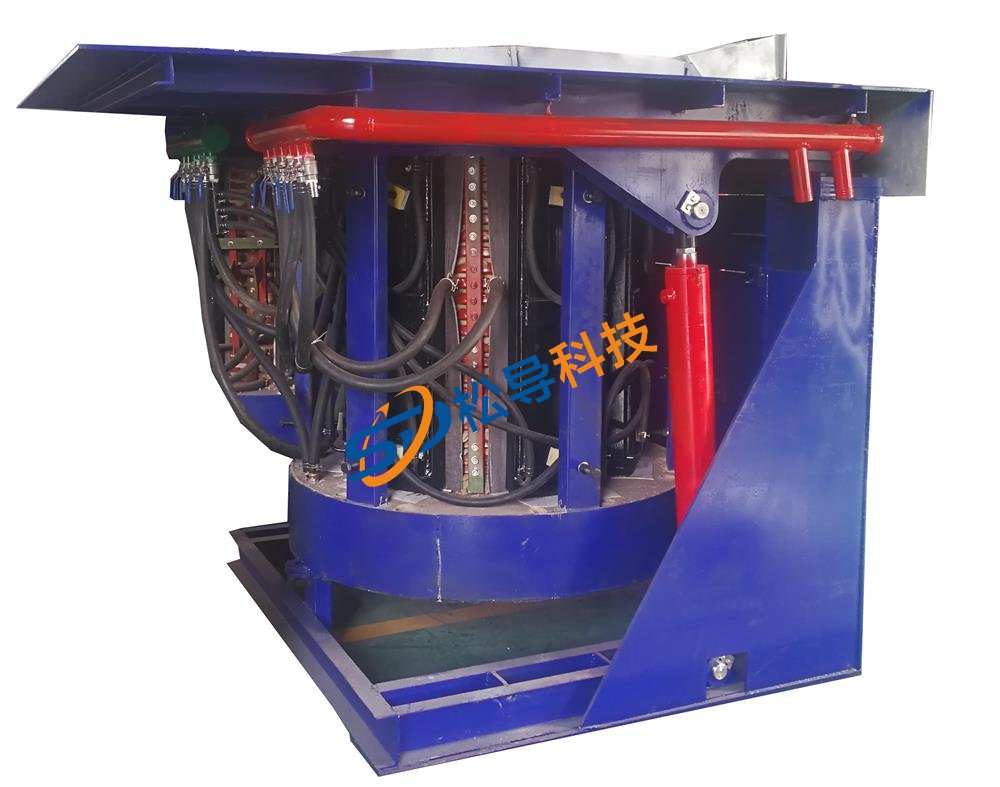
1T Induction Melting Furnace
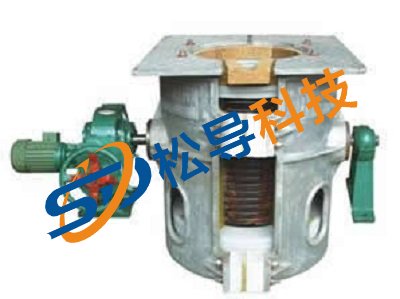
500kg Induction Melting Furnace
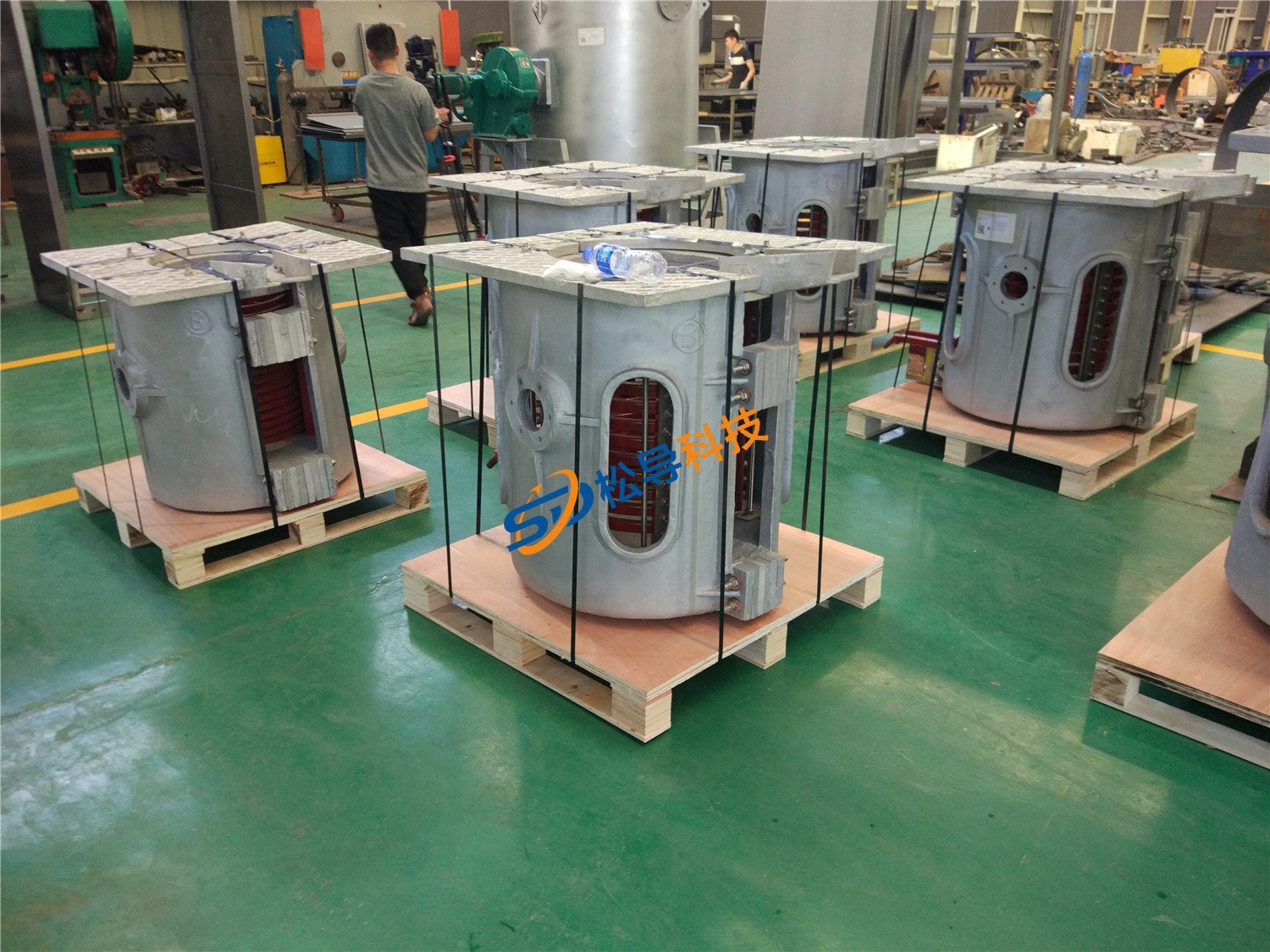
250kg Induction Melting Furnace
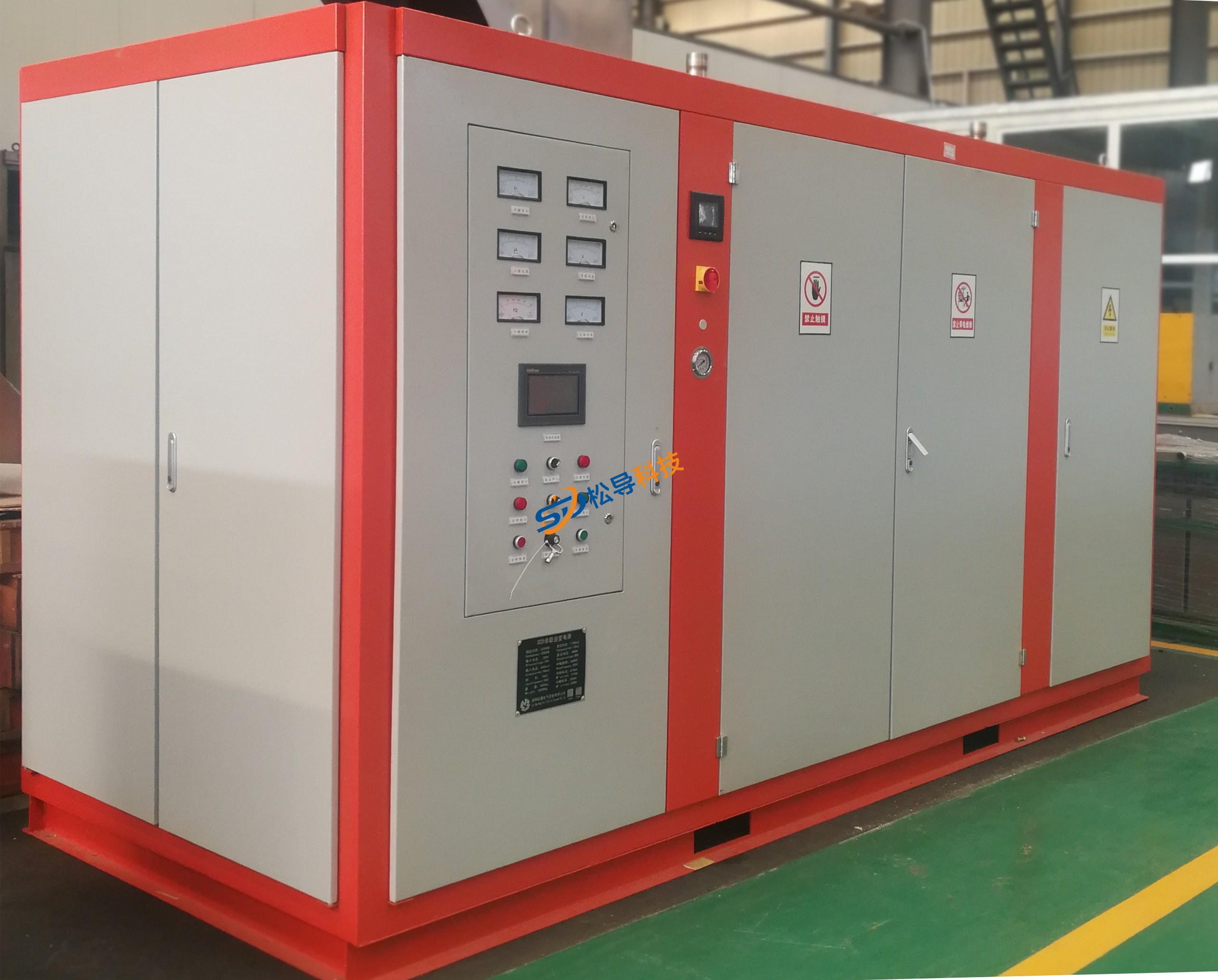
Induction Melting Furnace
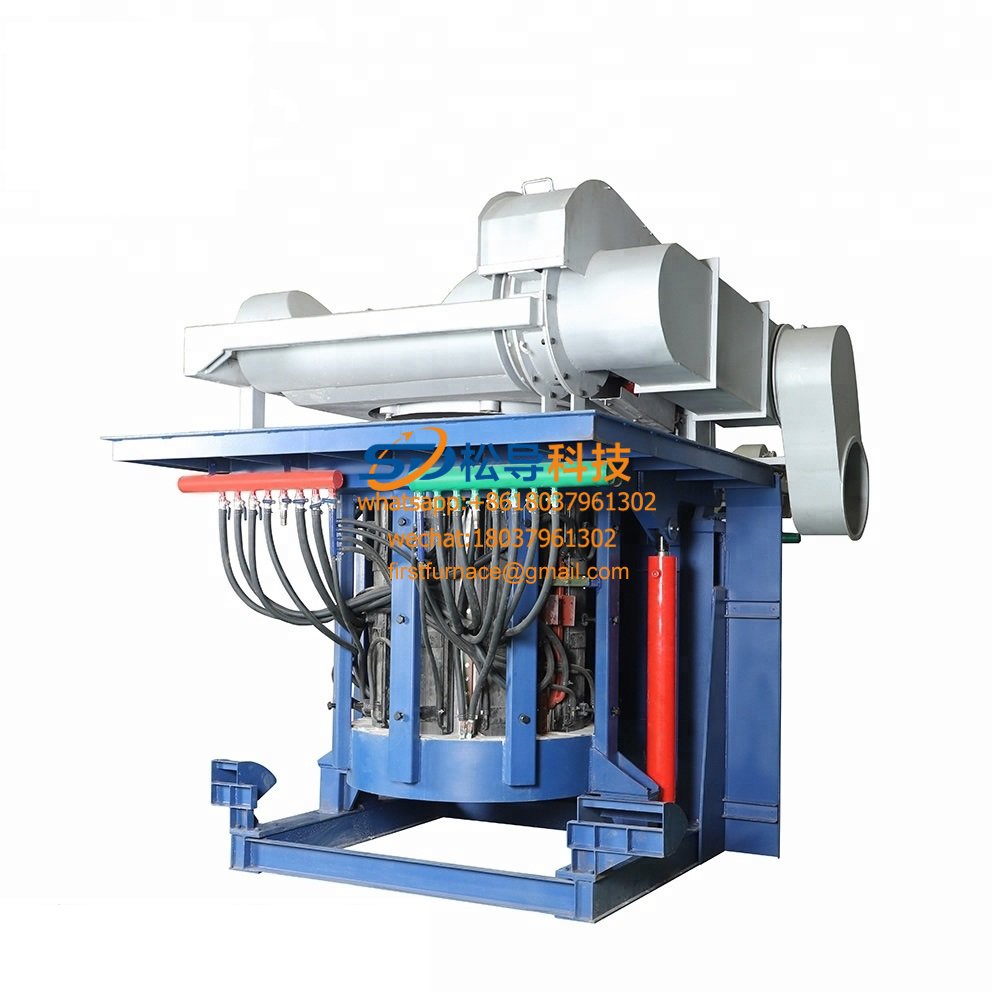
3 T Induction Melting Furnace
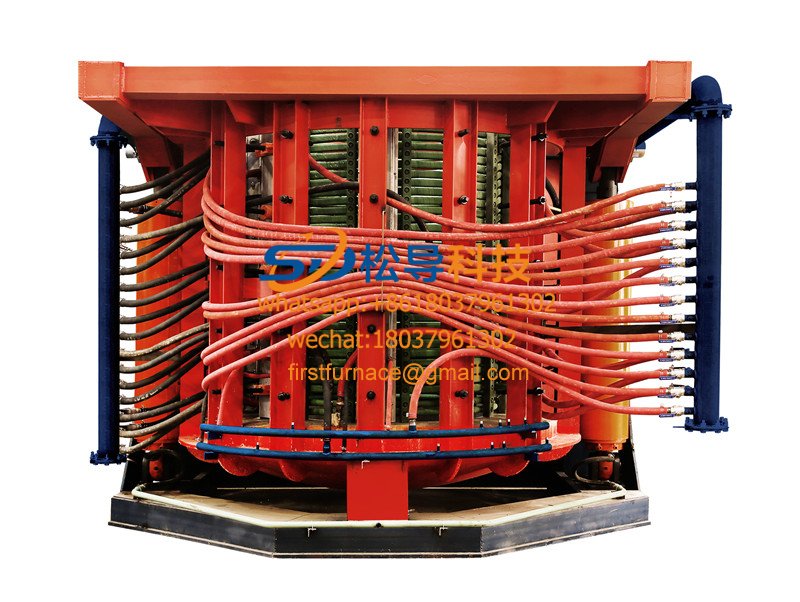
5T Induction Melting Furnace
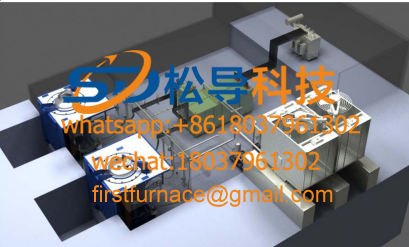
1T One Belt Two Intermediate Frequency F

5T One Belt Two Intermediate Frequency F
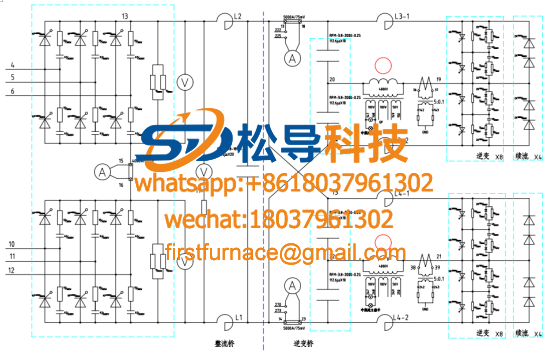
3T One Belt Two Intermediate Frequency F
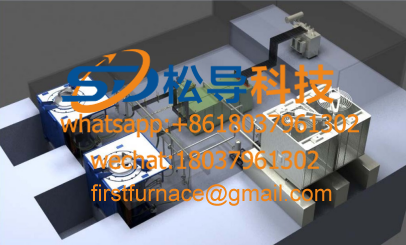
2T One Belt Two Intermediate Frequency F
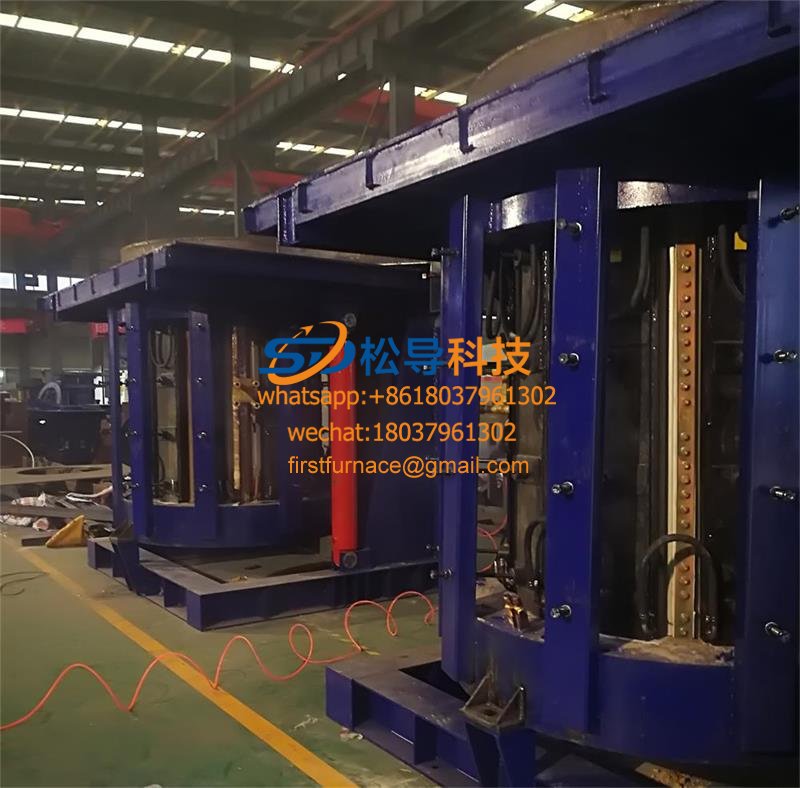
5T Parallel Intermediate Frequency Furna
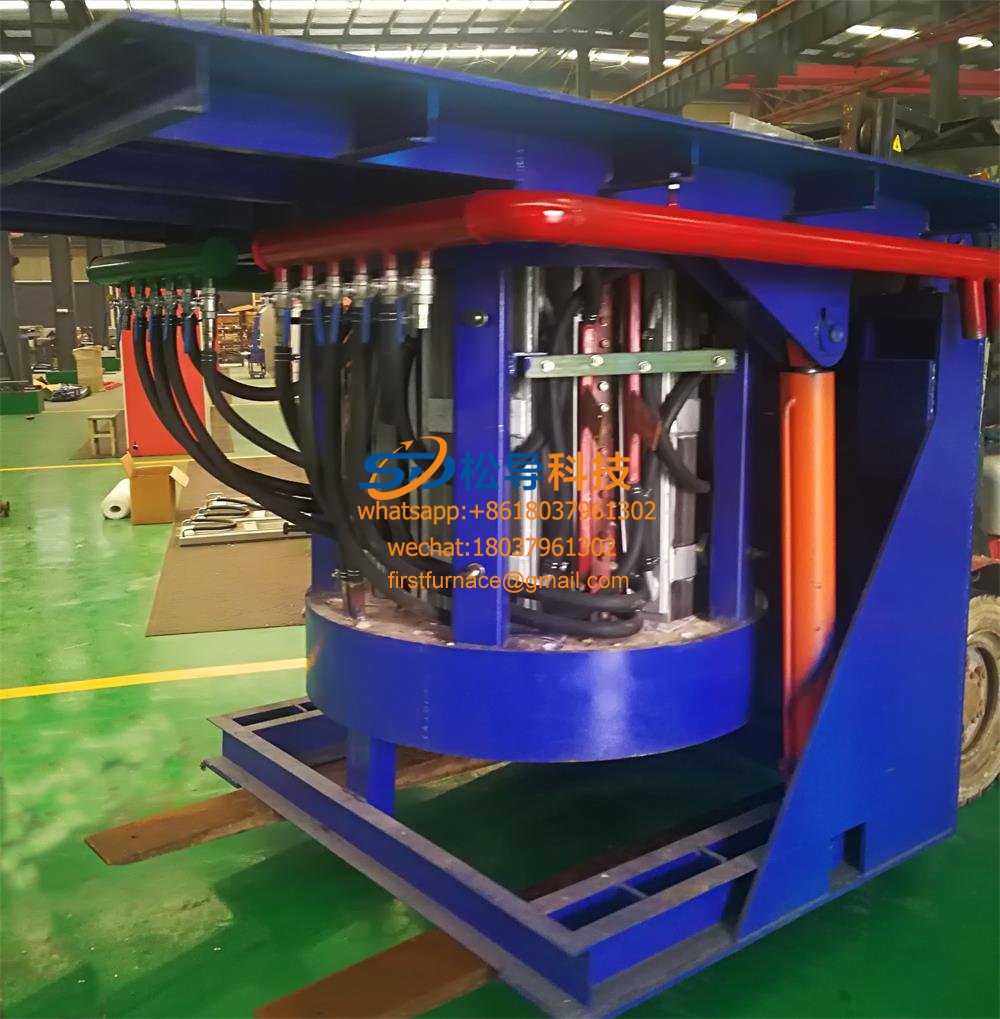
5T Intermediate Frequency Furnace

5T Series Intermediate Frequency Furnace
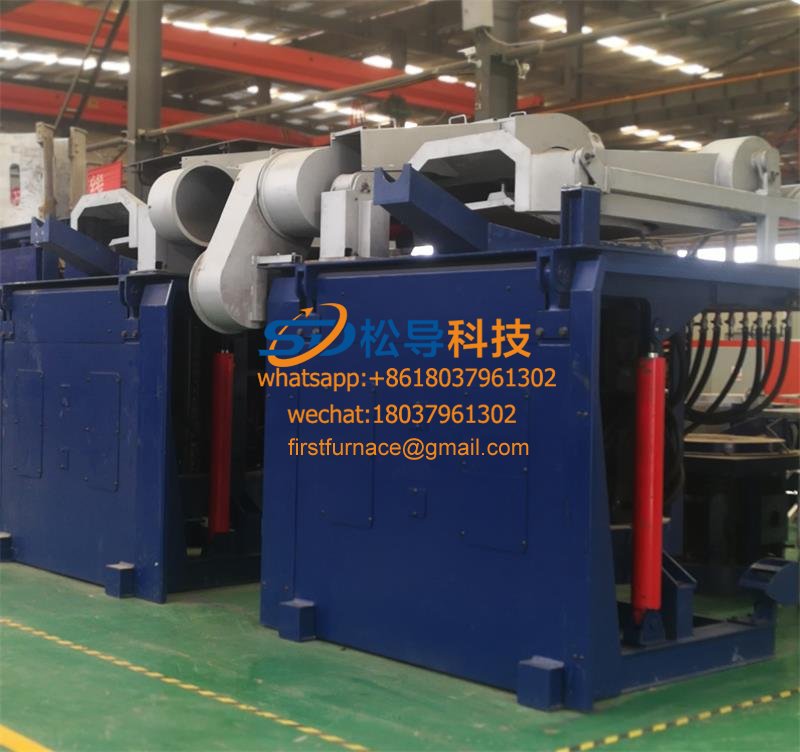
3T Series Intermediate Frequency Furnace
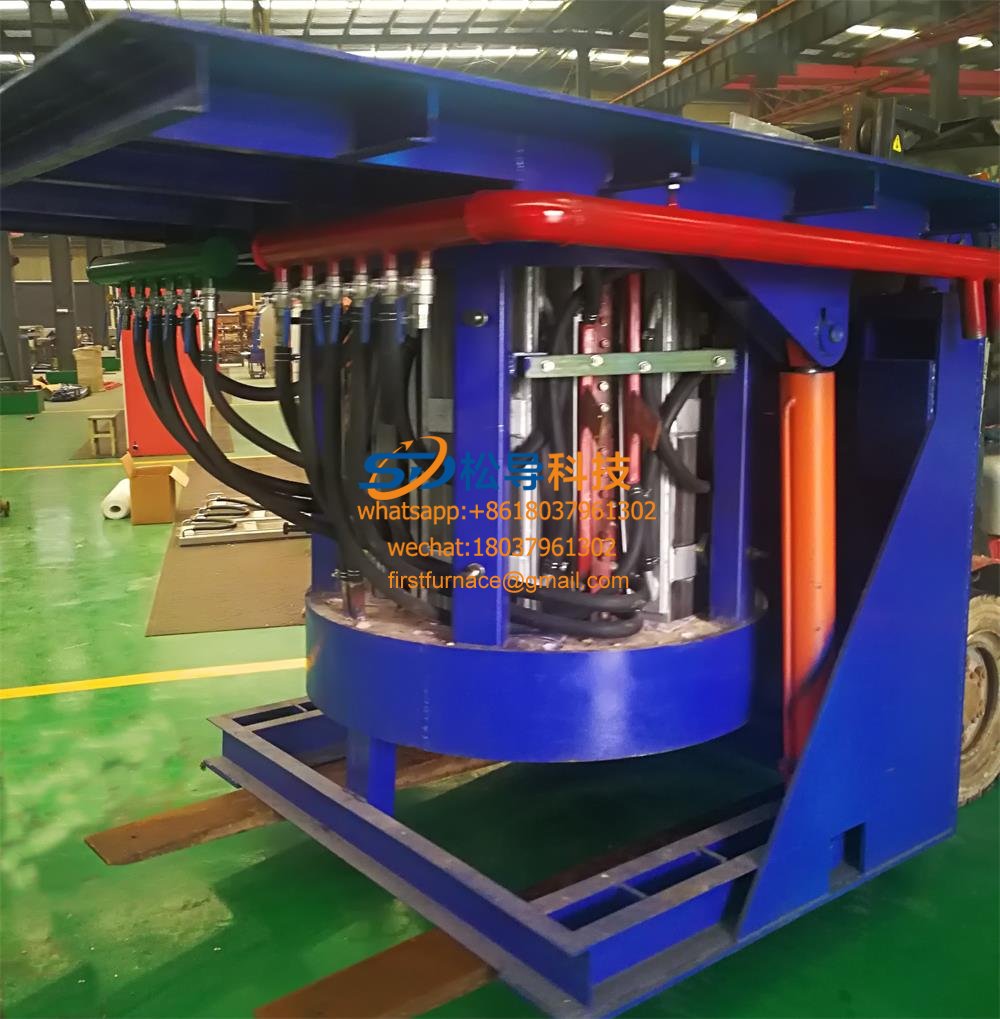
2T Series Intermediate Frequency Furnace
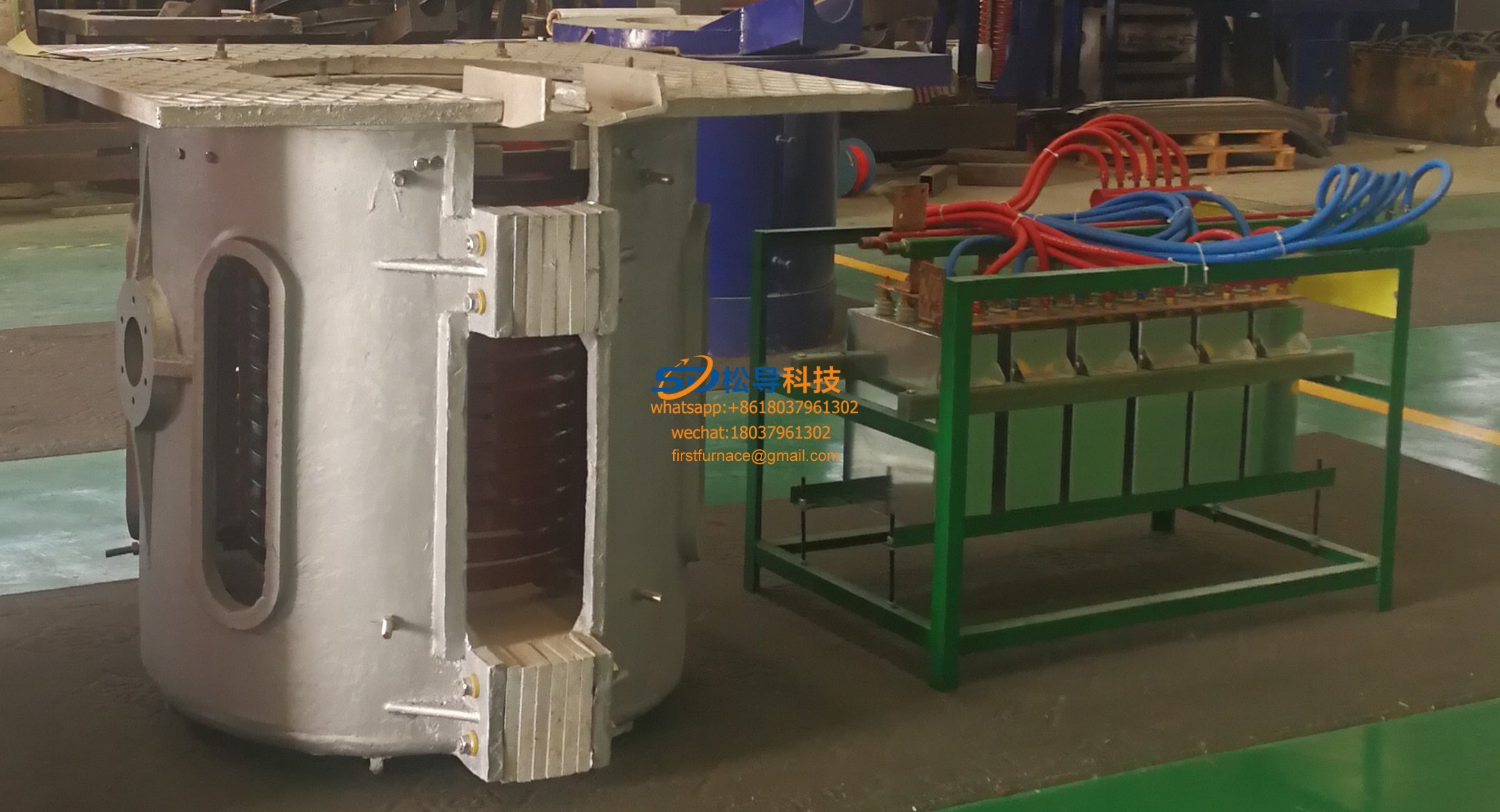
1T Series Intermediate Frequency Furnace
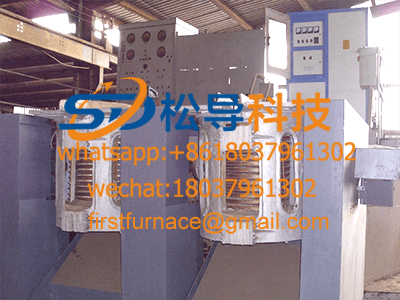
0.5T Series Intermediate Frequency Furna

0.25T Series Intermediate Frequency Furn
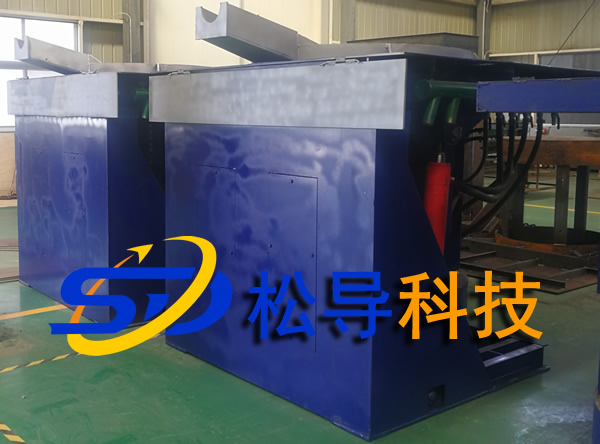
1T Parallel Intermediate Frequency Furna
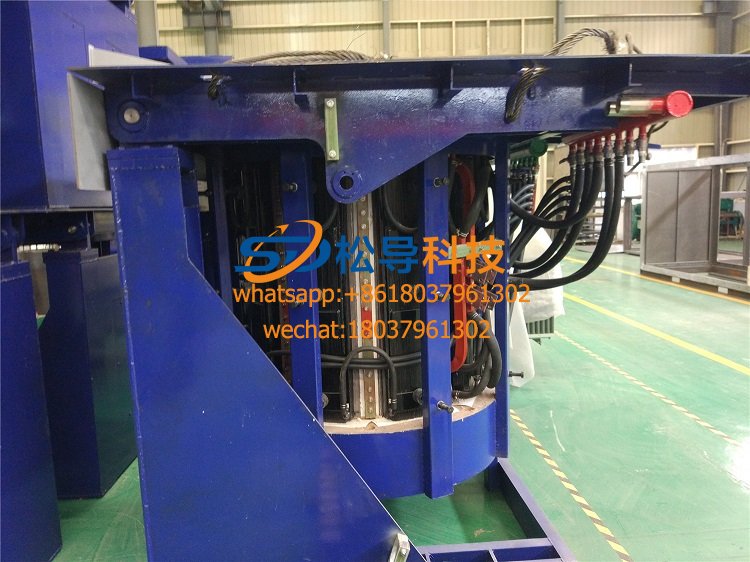
2T Parallel Intermediate Frequency Furna
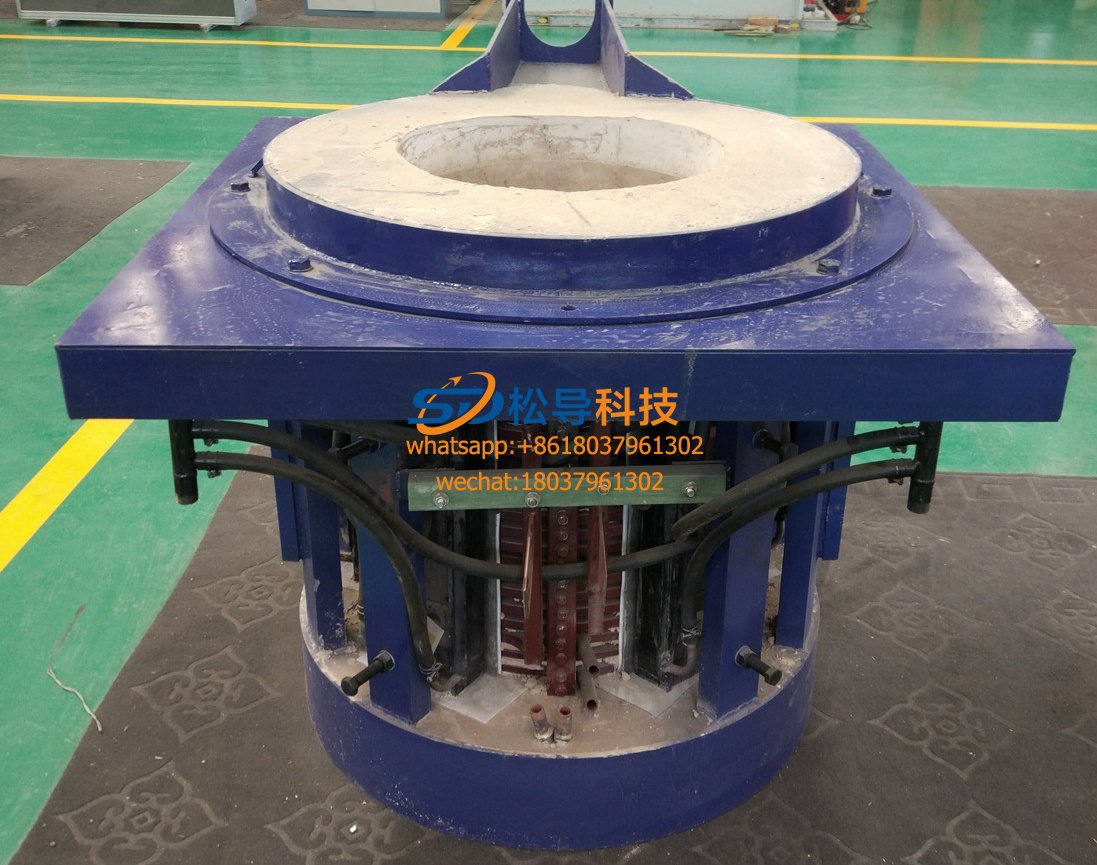
0.5T Parallel Intermediate Frequency Fur






